Watertown Baptist Church, Another Otis Wheelock Creation
Along with building the Watertown Baptist Church, the period after the great fire of 1849 was busy for architect Otis Wheelock. Designing two-thirds of a downtown decimated by fire enabled Mr. Wheelock to put his stamp on the city for more than a century. Some of his achievements, such as the Paddock Arcade, are still in use, while others, like the Woodruff and Crowner Houses, would eventually be torn down in the 1960s and 70s.

Prior to the Watertown Baptist Church’s construction, another church preceded it in the exact location. According to John Haddock’s Growth of a Century, published in 1895–
In 1837 a neat church was erected on the corner of Mill and State Streets, fronting Public Square, the locality of the present noble structure. This church has had a steady though gradual growth, and has ever been a landmark in our city.
The church edifice has been twice destroyed by fire—in 1838 and 1846. But the structures were soon rebuilt, each time increasing in size, but adhering to the same locality.

Of note: there is some confusion about the 1846 date, as it was previously noted that the church was destroyed in the Great Fire of 1849. When the Watertown Baptist Church opened later that year, its lower portion fronting Public Square was home to H. Scribner’s grocery store.
Scribner posted advertisements in the local New York Reformer beginning the following year. The store, self-referred to as “Grocery, drug, fancy and miscellaneous store,” sold a gamut of goods, from family groceries of all kinds, paints, oil, glass, dye wool, and dyestuff, to books, stationary, perfumes, and “patent medicine of the most approved kind.”

That same year, the Watertown Baptist Church was the starting point for a “superb plank road,” built further up State Street to Mr. Streeter’s corner (not to be confused with the Streeter Block on Public Square.)
April 30, 1875, the Watertown Daily Times reported of a storm that involved the church–
The wind shifted very suddenly last night from the southeast to the southwest, and then became a tempest. Boards and sticks were lifted into the air, window panes were broken, fences and outhouses were blown down, and the weather vane on the Baptist church steeple was snatched off. We doubt if Watertown has been visited by so strong a wind since the first Presbyterian steeple was blown down.
Between the years of 1880 and 1900, the city of Watertown underwent unprecedented growth, seeing its population double to over 21,000. With the increase came new construction, and with new construction came new churches; three alone were built within a relatively short period of time, leading the Watertown Daily Times to ponder if the city would claim the title “City of Churches.”

The newspaper’s January 21, 1890 edition was the public’s first glimpse of the new church’s interior and exterior in the form of architectural drawings. The Times noted–
Especial attention is called to the clock tower and a city clock. This is a part of the building that all citizens without regard to creeds should take an interest in seeing erected and all should contribute to. It is a good basis of that “church unity” there has been so much discussion about of late. All can unite in this work.
The Baptists will build their tank out of their own money. The public should help them build the tower and the city should put a clock in it.

Although the $6,000 Watertown Baptist Church itself was replaced with the First Baptist Church that we know today in 1891, some of its walls were incorporated into the current church’s architecture.
According to Haddock’s book–
The Sunday school building of the old church has been made into an elegant parsonage, connecting with the church. Its front elevation on State Street has a Queen Anne style appearance.








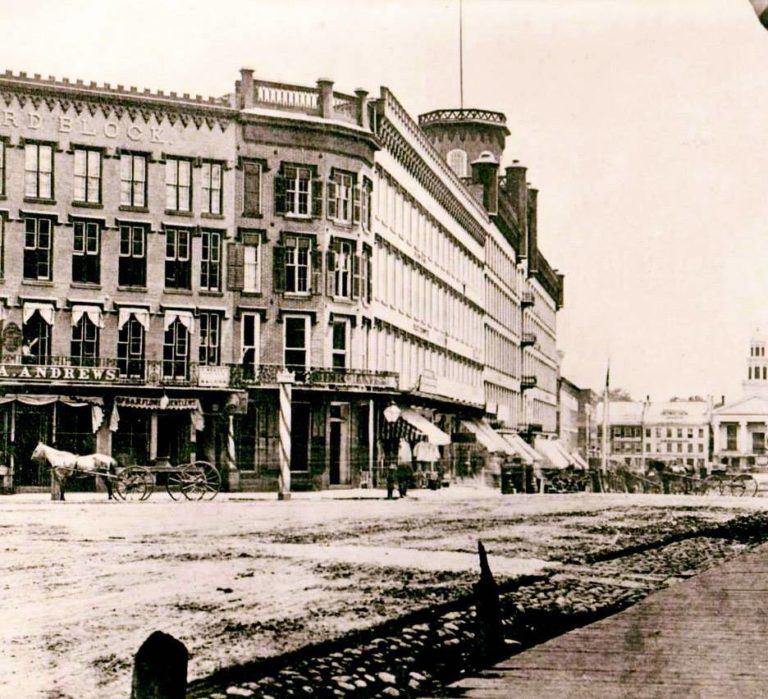
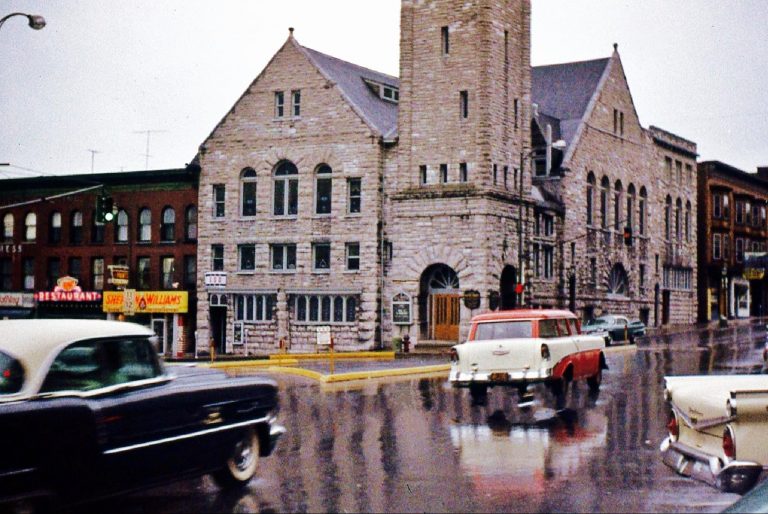


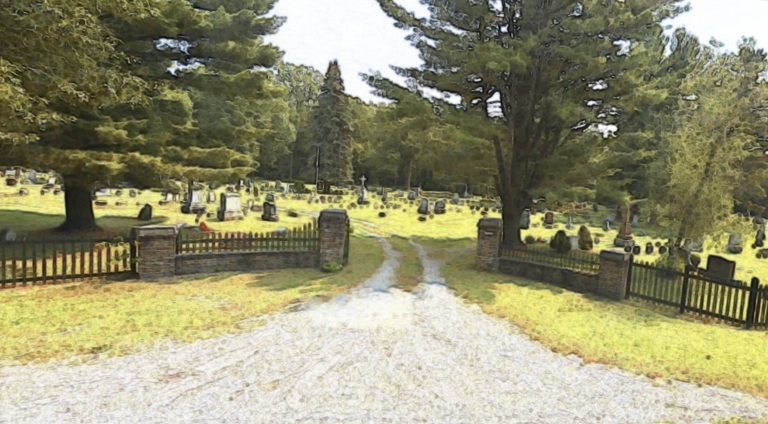

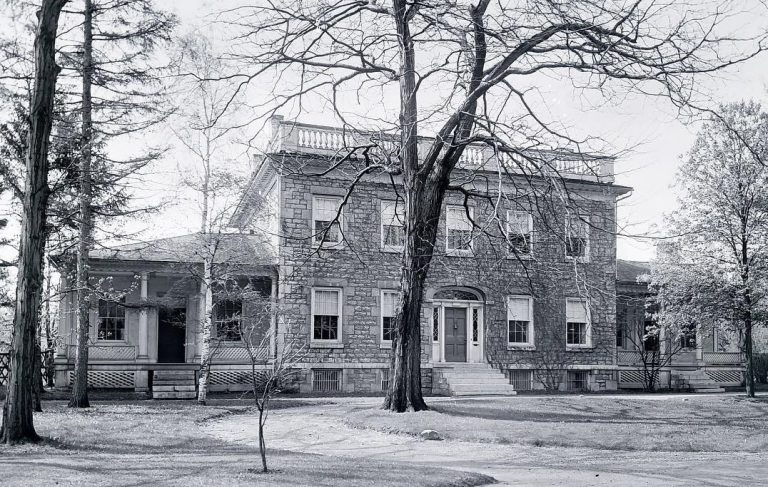
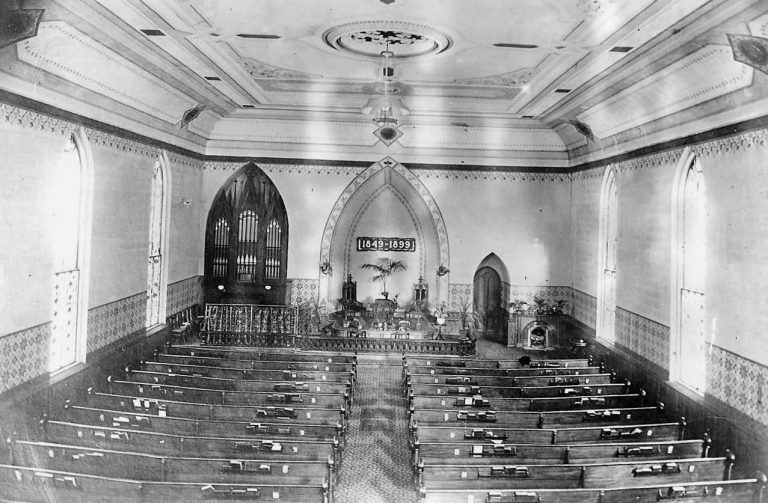
1 Review on “Watertown Baptist Church (1849-1890)”
Added photo to gallery.